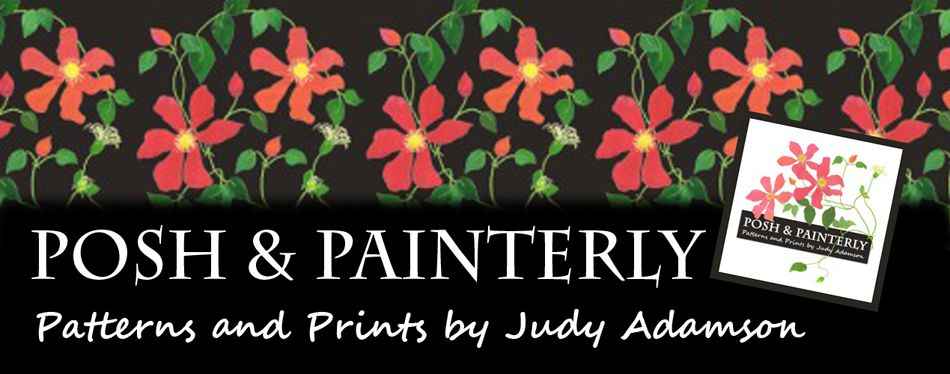 |
| This is an A4 size sheet, 300 dpi, so please feel free to save and print if you wish - or just 'pin' it to spread a little springtime Hope around! |
Who can see a beautiful garden – or even just an early bud unfolding – and not feel a surge of hopefulness!
Flowers are full of life – in fact I think they are, in many ways, a wonderful metaphor for life.
And ‘Where there’s Life, there’s Hope’ as the saying goes. ‘Dum Spiro, Spero’ – the motto of my ‘house’ at boarding school. ‘While I breathe, I hope.’
 |
These wallflowers are flowering
very early this year! I usually expect
them in May, to bridge the gap
between spring and summer!
|
When the first spring flowers appear, snowdrops, crocuses and finally the daffodils, bringing a much-needed splash of colour to our dreary winter gardens, we very much hope that spring is not far away.
Occasionally it snows on the daffodils, winter just reminding us that we can never be too sure that we’ve seen the last of him! But when we have snow that late in the year, it never lasts long. A fleeting glimpse of a Winter Wonderland and it’s gone, thawing before our eyes!
Hope, of course, like all good things, can get a bad reputation if it’s misused.
Have you heard of the ‘Hope Hook’? When we keep banging away at trying to solve a problem, long after we should have taken on board that there’s no real solution and that it’s time to let go - that's when we’re caught on the ‘hope hook’. That’s when a strong dose of realism, possibly laced with acceptance, is needed.
But don’t confuse healthy realism with defeatism.
Defeatism, loss of hope, is what characterises depression, that ‘so what?’ ‘why bother?' 'what’s the point?’ attitude that most of us experience briefly from time to time. And if you have ever been deeply depressed or met someone who is, I’m sure you’ll agree that it’s by the lack of ‘life’ that you’ll recognize true depressive illness.
Of course we can all refuse to hope so that we are never disappointed. But then we never really live!
Hope is such a commonly used word that we tend to take it for granted! ‘hope to see you soon’, ‘hope you are well’, ‘hope the weather will hold out . . .’ ‘hope someone will like my work enough to buy it!’
Hope is not quite the same thing as ‘expectation’; with 'hope' there’s always the chance that our hopes will not be fulfilled. And it's worth remembering that sometimes, when they are, there’s an element of luck involved.
 When we sow seeds in our gardens – or window boxes! – we have no guarantee that they will grow into such beautiful and often fragrant, flowering plants. The seeds are so tiny and there are all sorts of hazards like adverse weather and bugs to contend with.
When we sow seeds in our gardens – or window boxes! – we have no guarantee that they will grow into such beautiful and often fragrant, flowering plants. The seeds are so tiny and there are all sorts of hazards like adverse weather and bugs to contend with. A daffodil bulb, planted in late summer, looks very much like a dried up, well-past-its-sell-by-date onion. And yet we hope that it will survive months of waterlogged or frozen ground and push its way up through the soil to lift our hearts in springtime – and it usually does!
When Pandora opened the lid of the forbidden box, releasing all the evils, diseases and other ‘nasties’ into the world, out flew Hope as well. The myth teaches us that without Hope, like Private Frazer in ‘Dad’s Army’, we’d all be ‘doomed’.
Fortunately, for most of us, it is part of our nature to hope – Alexander Pope in his 'Essay on Man', possibly quoted from a Roman playwright, wrote, ‘Hope springs eternal in the human breast . . .’ Let's hope so!
And, without turning into insufferable 'Polyannas', let’s remind ourselves to be hopeful.
And even more importantly, I think, let’s make sure we are (realistically) encouraging to all around us so that they too have good reason to hope!
(Oh dear - I remember when this song was new and very popular,
though I was a teenager by then;
and I hate to admit it, but when I was younger, I did have my hair in ringlets,
rather like one of the children in the clip!)


1 comment:
Thank you :)
Post a Comment